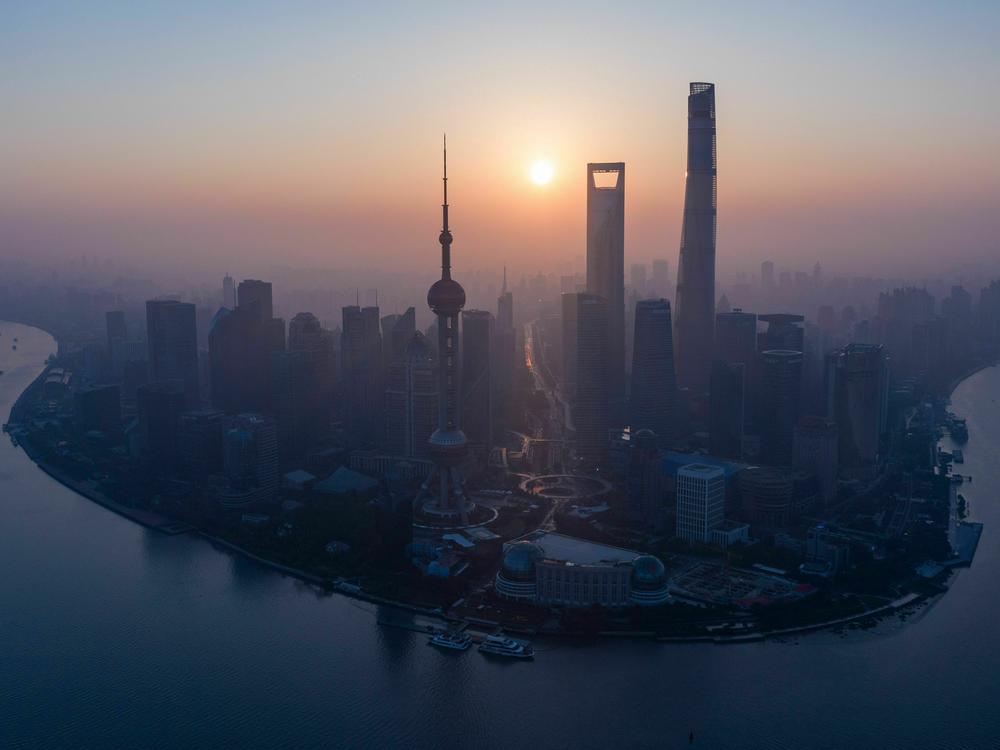Section Branding
Header Content
China's cities are sinking, putting tens of millions at risk
Primary Content
Major cities across China are sinking, putting a substantial portion of the country's rapidly urbanizing population in harm's way in the coming decades, according to a sweeping new analysis by Chinese scientists.
Subsidence is the technical term for when land sinks relative to its surroundings, and it's a major threat for cities around the world. It accelerates local sea level rise from climate change, because the land is getting lower as the ocean gets higher. Urban subsidence can also affect inland cities by damaging buildings and roads, and causing drainage issues when water is trapped in sinking areas.
Out of 82 major Chinese cities, nearly half are measurably subsiding, according to the new study, which was published in the journal Science and conducted by more than 50 scientists at Chinese research institutes. The areas that are sinking are home to nearly one third of China's urban population. And the authors estimate that about a quarter of China's coastal land will be below sea level in the next hundred years, largely due to subsidence.
That means tens of millions of people are already at risk, and that could grow to hundreds of millions if China's cities continue to both grow in population and subside at their current rate, and seas continue to rise. Oceans are rising steadily due to greenhouse gas emissions from burning oil, gas and coal.
"This is a big problem," says Robert Nicholls, a subsidence expert at the University of East Anglia in England who was not involved in the study. "The scale is large. Without doubt, it brings home that this is not a local problem. This is a national, or even international, problem."
This is the first time scientists have used satellite data to systematically measure how much cities are sinking across China. The study measured how much cities subsided between 2015 and 2022. Similar recent studies in Europe and the United States have also found significant subsidence in some cities, but didn't show the same widespread sinking that is present across China.
"The places that really have high levels of subsidence are Asia," says Nicholls, who was one of the authors of a recent study that analyzed sinking cities across the U.S. Asia is at higher risk, he says, because many Asian cities are built on river deltas that are prone to sinking when you put heavy buildings on top and pump groundwater out from below. The places that are sinking most rapidly in the U.S., such as New Orleans, share that geology.
Measuring how much cities are sinking can help urban planners and government officials prevent future subsidence and even reverse some sinking that has already occurred. In places where groundwater removal is the main problem, cities can ban further pumping of groundwater from areas that are rapidly sinking. In some cases, it's even possible to pump water back into the ground to prop up land that had fallen.
For example, parts of Tokyo subsided a jaw-dropping 15 feet in the twentieth century, says Nicholls, but managed to stabilize the lowest parts of the city by enforcing strict groundwater rules.
And understanding which parts of a city are sinking the most – and why – can help urban planners make better decisions about where to build heavy buildings, and how to protect buildings from future flooding. Teasing apart those local questions will require deeper, city-by-city studies in the future.

